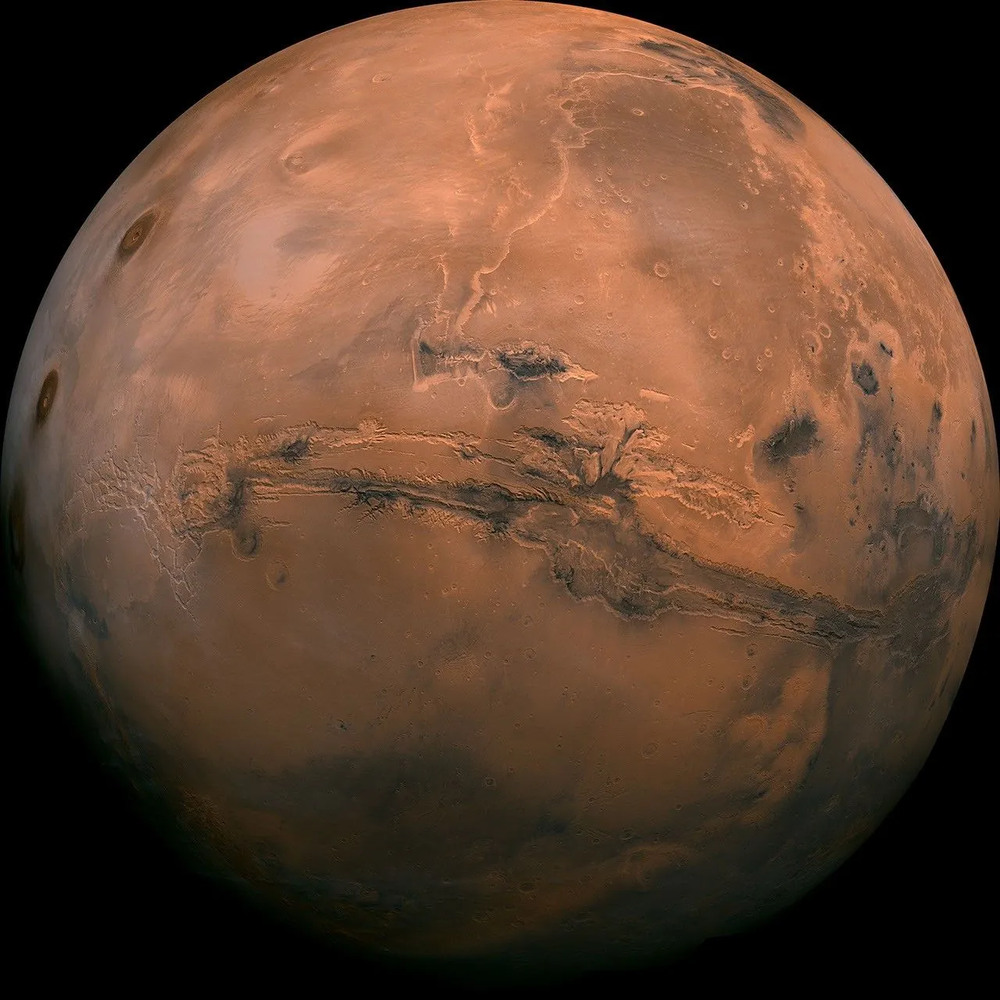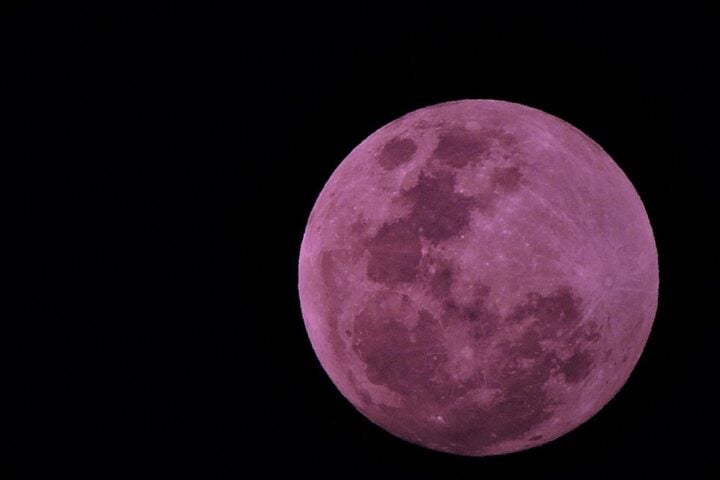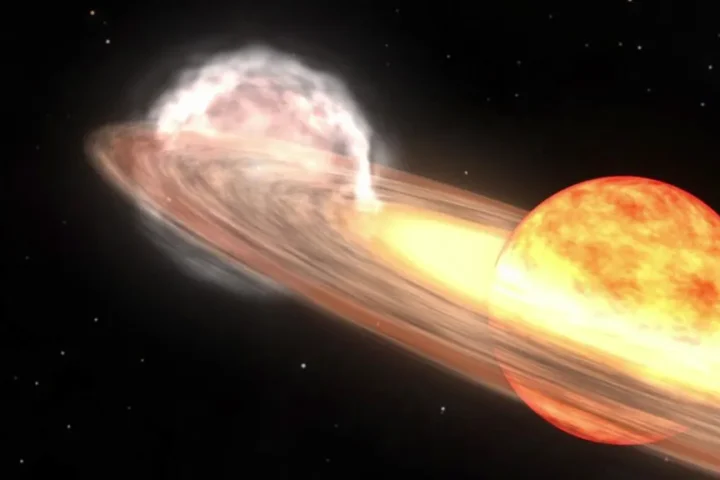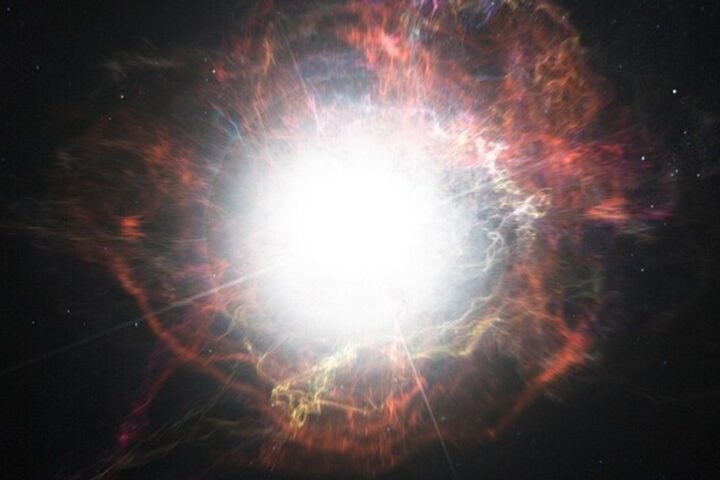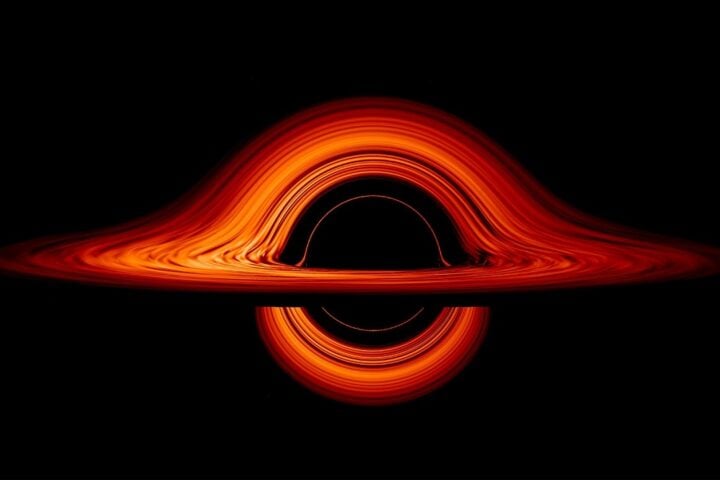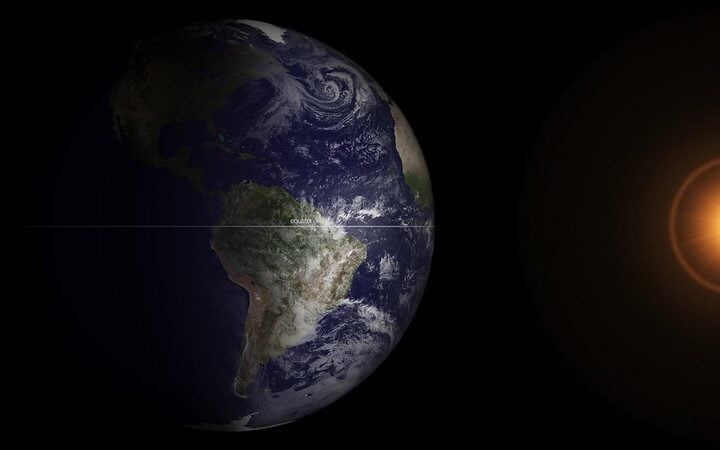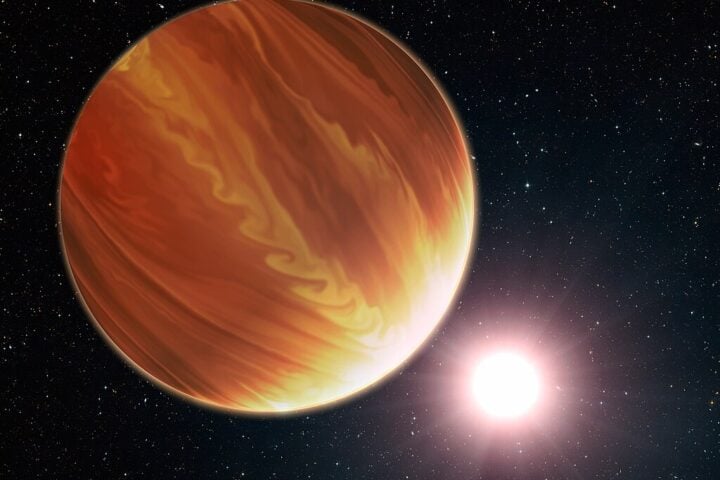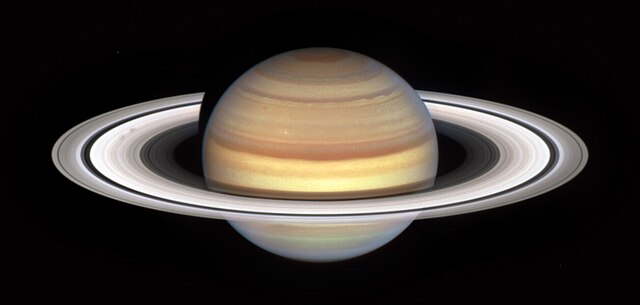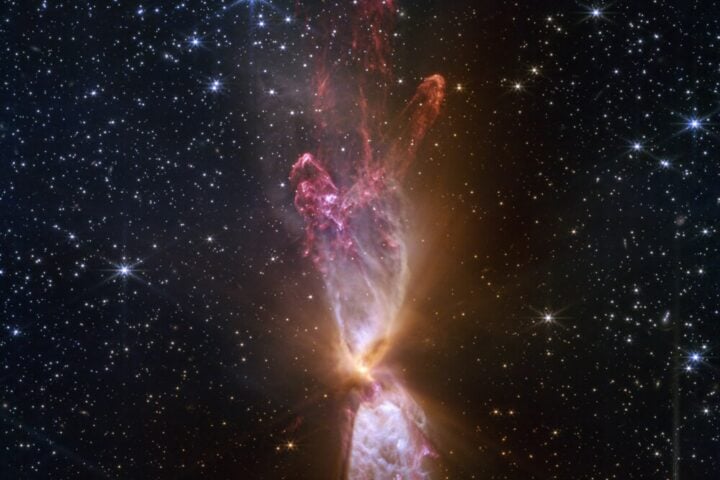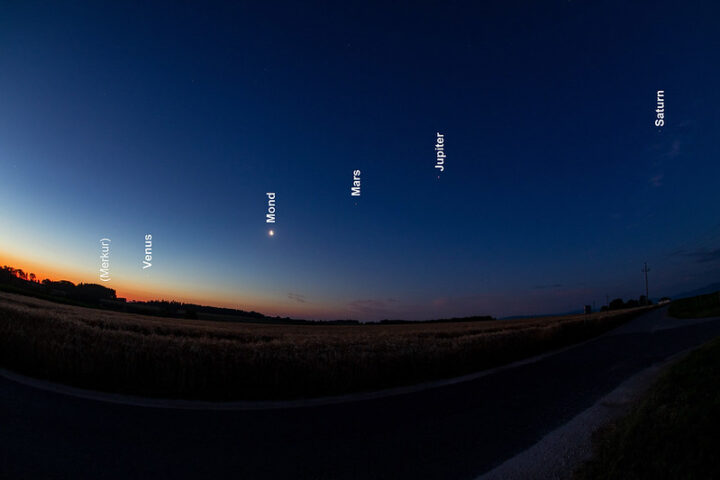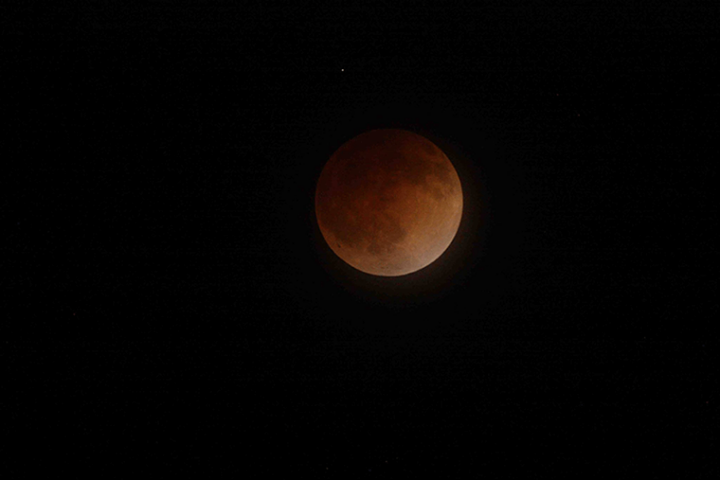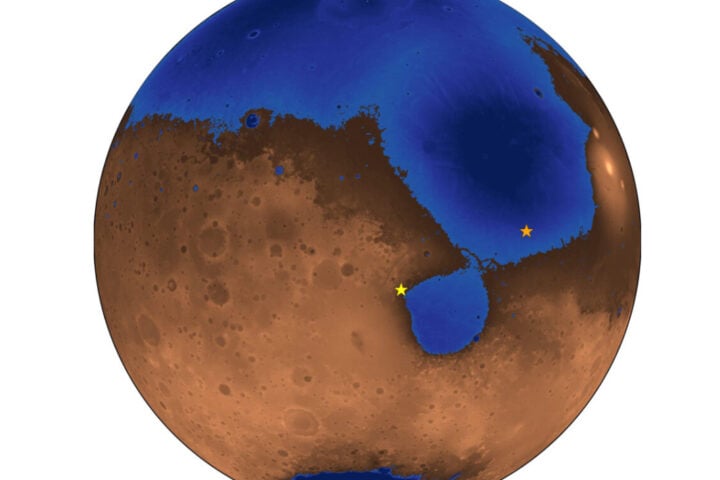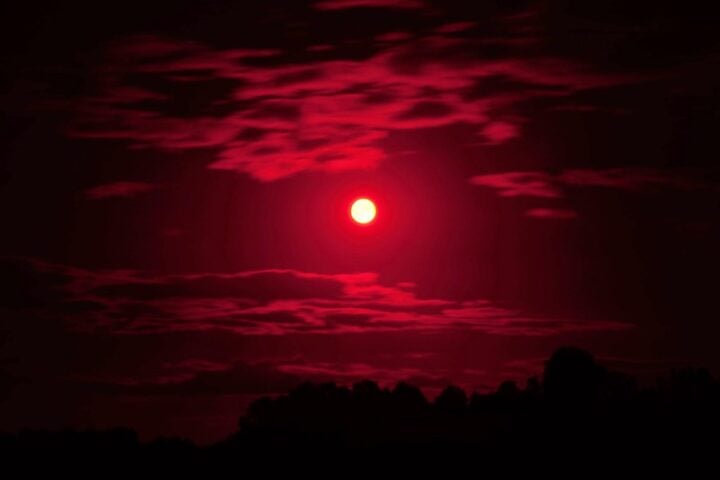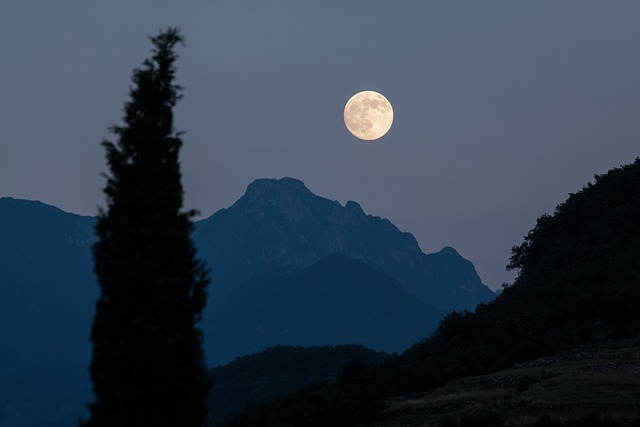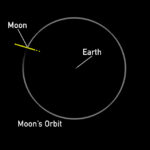Recent research has upended scientists’ understanding of why Mars appears red, suggesting the planet had a wetter history than previously thought.
A joint study by NASA and the European Space Agency (ESA) published February 25 in Nature Communications reveals that Mars’ iconic red color likely comes from ferrihydrite, a water-rich iron oxide mineral, rather than the dry hematite scientists had long suspected.
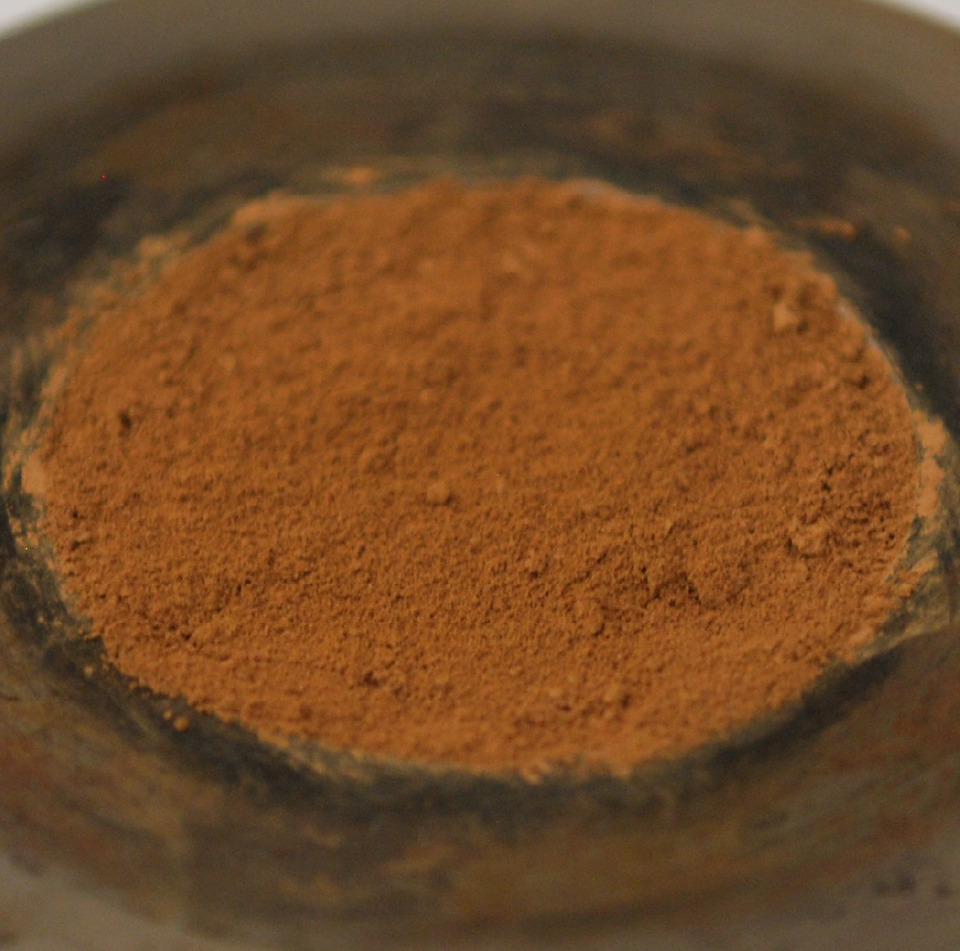
“Mars is still the Red Planet. It’s just that our understanding of why Mars is red has been transformed,” said lead author Adomas Valantinas, a postdoctoral fellow at Brown University. “The major implication is that because ferrihydrite could only have formed when water was still present on the surface, Mars rusted earlier than we previously thought.”
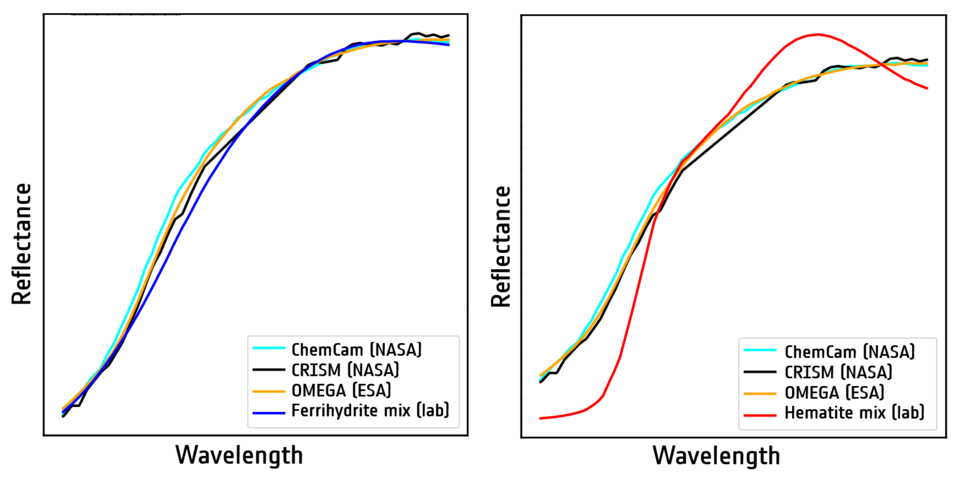
The discovery has significant implications for understanding Mars’ ancient climate and potential habitability. Ferrihydrite forms in cool, water-rich environments, providing new evidence that Mars once had widespread liquid water—an essential ingredient for life as we know it.
For decades, scientists believed Mars’ color came from hematite, an iron oxide that forms under dry conditions through atmosphere reactions. This new finding suggests the rust actually formed when Mars was still wet, then was broken down into dust and spread across the planet by winds over billions of years.
Similar Posts:
To reach their conclusions, researchers analyzed data from multiple Mars missions, combining orbital observations from NASA’s Mars Reconnaissance Orbiter and ESA’s Mars Express and Trace Gas Orbiter with ground measurements from NASA rovers including Curiosity, Pathfinder, and Opportunity.
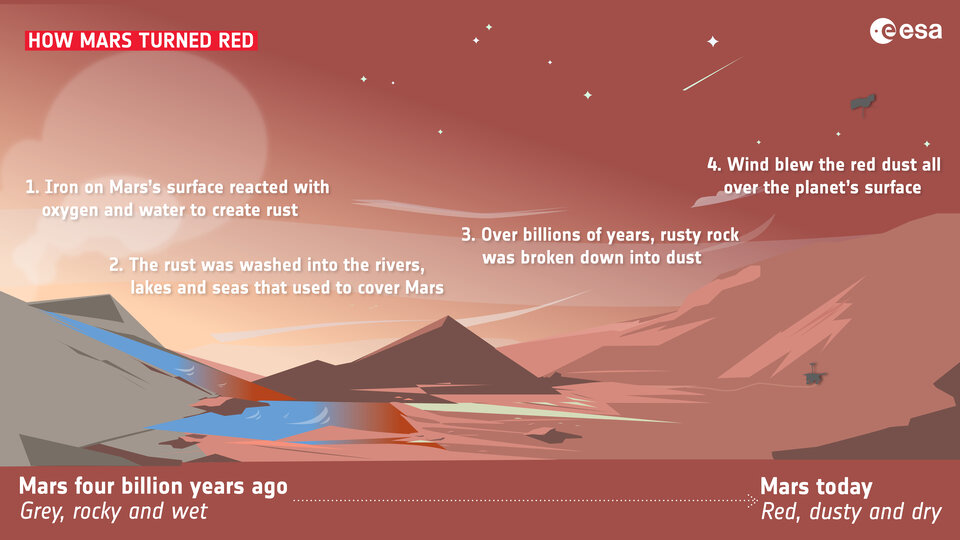
The team then created realistic Martian dust in the laboratory using an advanced grinding machine to achieve dust grain sizes roughly one-hundredth the width of a human hair.
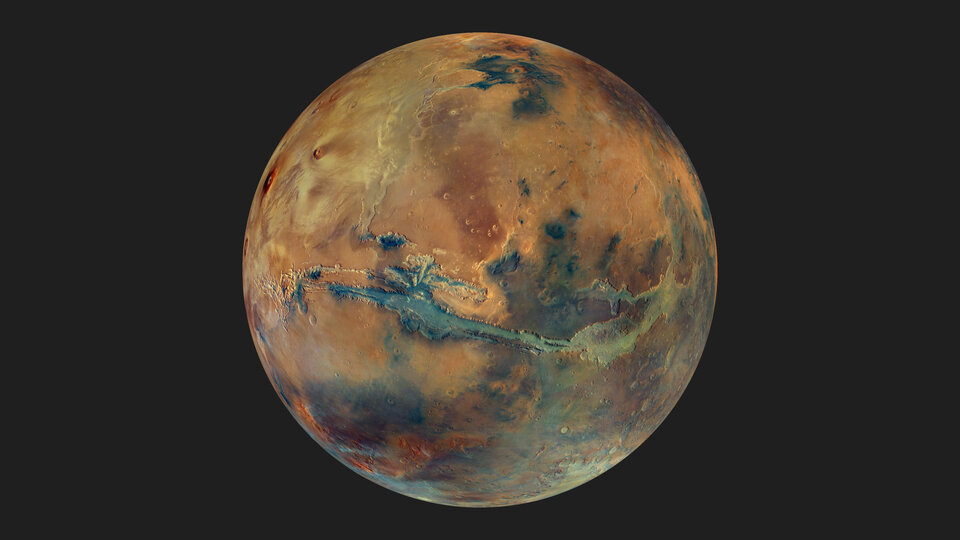
“We were trying to create a replica Martian dust in the laboratory using different types of iron oxide,” Valantinas explained. “We found that ferrihydrite mixed with basalt, a volcanic rock, best fits the minerals seen by spacecraft at Mars.”
The discovery adds to mounting evidence that Mars was once a much more hospitable environment. Previous missions have found dried-up rivers and lakes, along with minerals that only form in the presence of liquid water.
“These new findings point to a potentially habitable past for Mars,” said Geronimo Villanueva, Associate Director for Strategic Science of the Solar System Exploration Division at NASA’s Goddard Space Flight Center and co-author of the study.

Definitive confirmation may come from samples already collected by NASA’s Perseverance rover that await return to Earth.
“When we get these precious samples into the lab, we’ll be able to measure exactly how much ferrihydrite the dust contains, and what this means for our understanding of the history of water—and the possibility for life—on Mars,” said Colin Wilson, ESA’s Trace Gas Orbiter and Mars Express project scientist.
Jack Mustard of Brown University, a senior author on the study, called the research “a door-opening opportunity” that gives scientists “a better chance to apply principles of mineral formation and conditions to tap back in time
